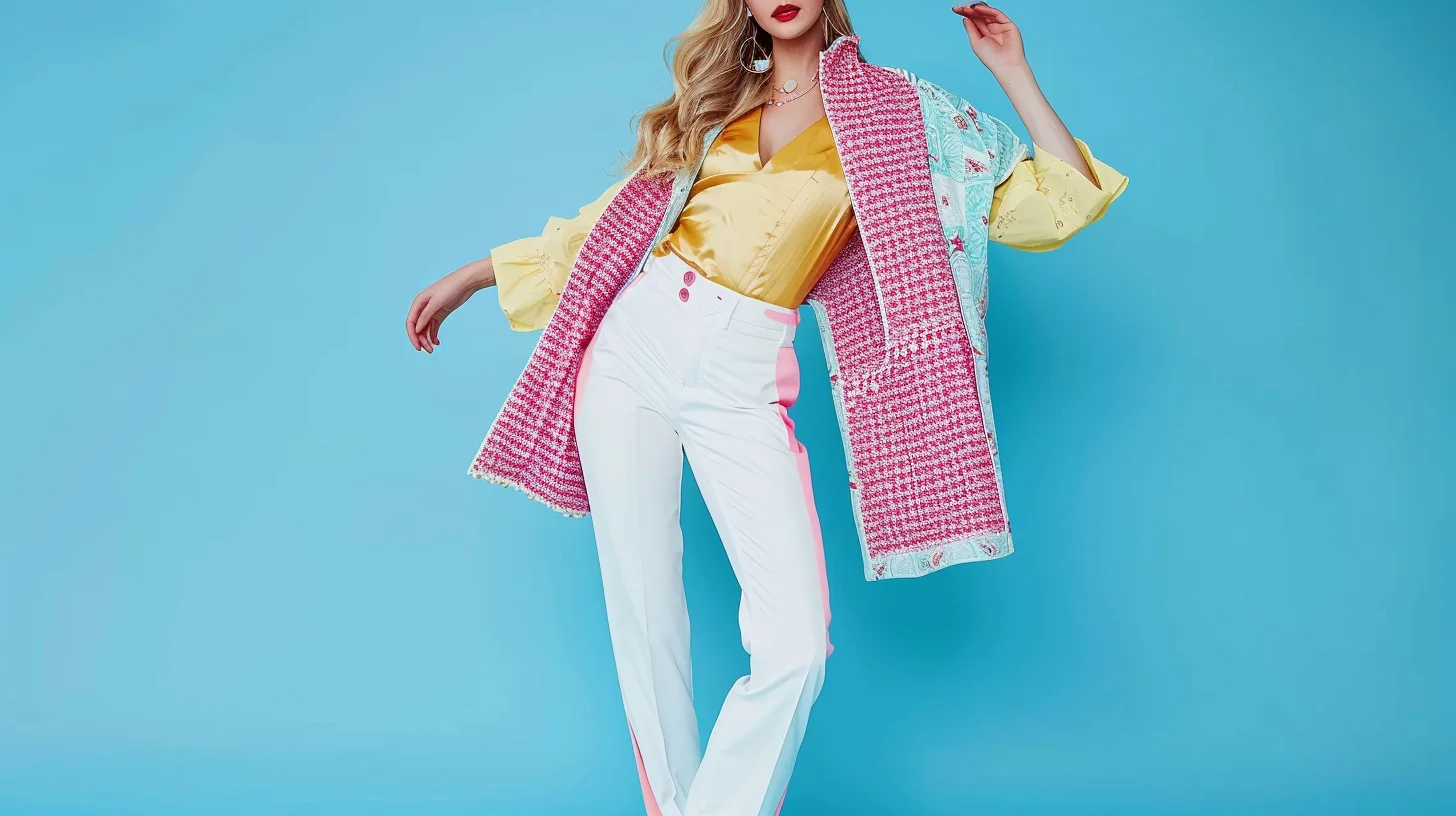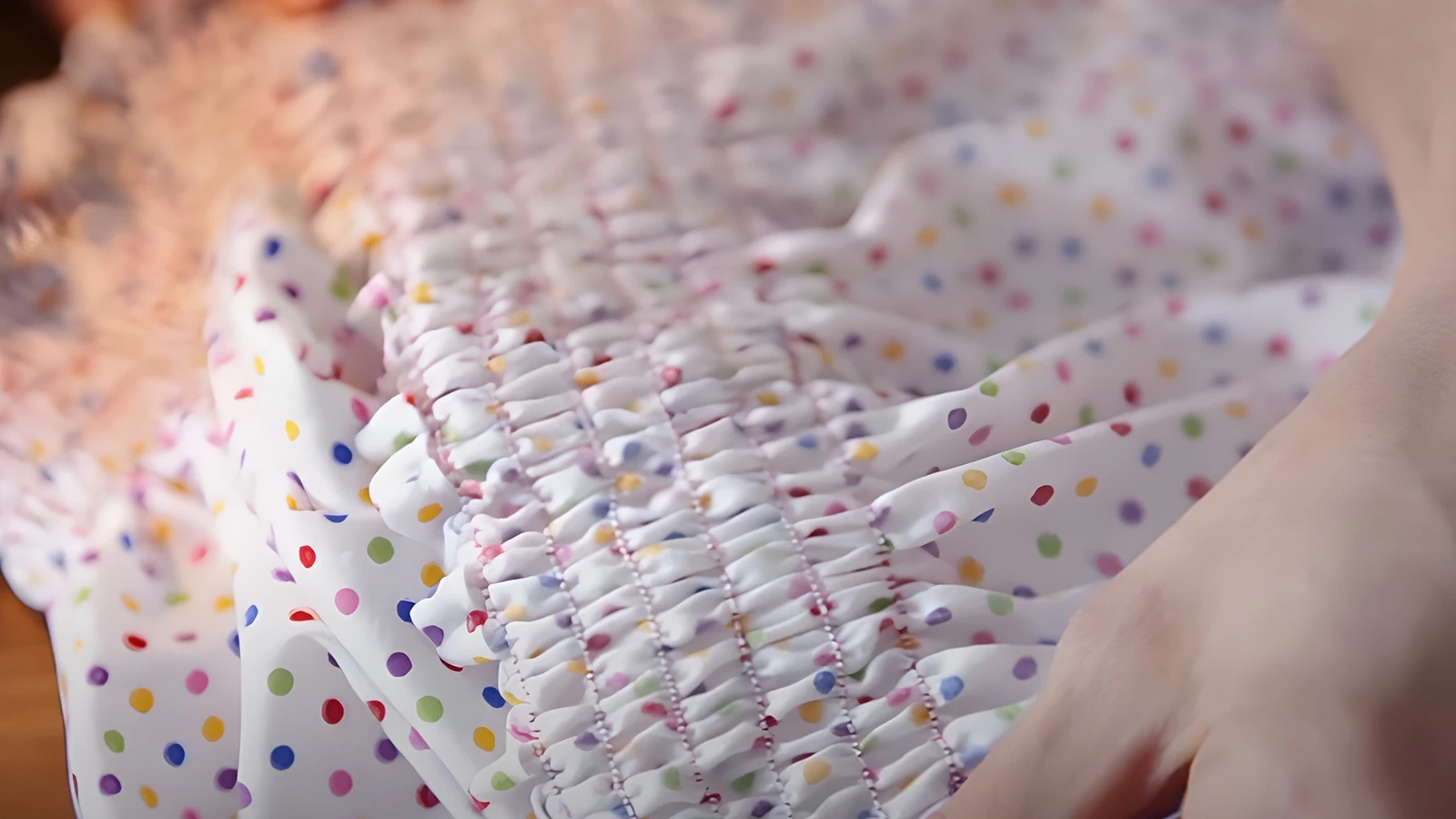Are you ready to improve your sewing skills? Look no further than lining fabric for clothes. This essential material not only adds a professional touch to your garments but also provides many benefits. From adding structure and stability to creating a luxurious feel against the skin, lining fabric is a must-have for any serious seamstress.
Whether for a sophisticated suit or a delicate dress, lining fabric will elevate your creations to new heights. With lining fabric, say goodbye to unfinished seams and hello to impeccable craftsmanship.
Key Takeaways
- Lining fabric enhances garment durability, structure, and comfort.
- Choose materials based on garment needs.
- Ensure the lining is smooth, breathable, and compatible with the outer fabric.
- Lining fabrics are used in various garments, including suits, dresses, and swimwear.
- Proper care involves following label instructions and opting for dry cleaning to maintain quality.
Understanding Lining Fabric
As you explore the world of lining fabrics, there is something important you need to know.
Functions of Lining
Lining fabric enhances the durability and structure of your garments. It makes your clothes look good, last longer, and perform better. Adding a layer of lining boosts thermal insulation, which keeps you warmer in cooler climates. Plus, some linings offer waterproof qualities that help protect the outer fabric from moisture. This is especially useful in outerwear.
Most importantly, lining improves the comfort of your clothing. It creates a barrier that prevents itchy seams and rough fabrics from irritating your skin. Additionally, it helps maintain the shape and drape of the garment, ensuring it looks as good as it feels, wear after wear.
Characteristics of Good Lining Material
To choose the best lining material, ensure it’s smooth, allowing for comfortable wear without clinging to your body.
It’s also essential that the lining is lightweight, as you don’t want it to add unnecessary bulk to your outfit. Always check for durability. A good lining should withstand regular wear and tear, maintaining the garment’s shape and integrity.
Lastly, compatibility is critical. The lining must match the care needs of the outer fabric to simplify maintenance and prolong the life of both materials.
Selection Criteria for Lining Fabrics
When selecting lining fabrics, consider the weight and drape of the outer material to ensure both layers work harmoniously. For a cohesive look, choose a lining that complements the color and texture of the outer fabric. It’s also crucial to check the care instructions for both fabrics to ensure they can be maintained together without extra hassle.
Decide whether you need stretch lining or a non-stretch option based on your garment’s design and fabric properties. Remember, the breathability of the lining fabric is key, especially for clothes you’ll wear for long periods. Opting for a breathable lining ensures comfort and avoids any stuffiness, keeping you feeling fresh.
Common Applications of Lining Fabrics
After considering how to select the perfect lining fabric, let’s explore how these materials are commonly used in various projects.
Lining fabrics are essential when sewing garments like coats, dresses, and suits. They provide a polished look and enhance the drape and feel of the outer fabric.
These linings in apparel such as swimsuits ensure comfort and maintain the shape under stretch.
Beyond clothing, these versatile fabrics finish blackout curtains, adding privacy and light control.
In quilting, lining fabrics add durability and protection. For handbags, they offer structure and a professional touch.
Even face masks benefit, as linings add softness against the skin while preserving the mask’s form.
Installation Techniques for Lining Fabric
Mastering the installation techniques for lining fabric can significantly enhance the finish and durability of your clothing projects.
Begin by hand-stitching the lining to hide seams and raw edges, ensuring a neat appearance. Use a slip stitch or blind stitch to secure the lining invisibly, maintaining the garment’s clean lines.
Understitching is crucial as it prevents the lining from rolling outward, keeping it discreetly inside.
For a fully enclosed finish, try bagging out. It involves sewing the lining and garment’s right sides together before turning them inside out. This method creates a seamless look, making your garment look as polished on the inside as it does on the outside.
7 Best Lining Fabrics for Clothes
When selecting lining fabrics, you have a variety of materials to consider. Each type of fabric offers distinct benefits.
1. Cotton

Cotton stands out among the various types of lining fabrics for its breathability. It’s an excellent choice for warm-weather garments.
Cotton is incredibly comfortable against your skin, enhancing your comfort throughout the day. Its moisture-wicking properties ensure you stay dry, even on hotter days, by drawing sweat away from your body.
Additionally, the cotton lining is machine washable. This means you won’t have to fuss over unique cleaning methods. It adds just the proper structure to your garments, ensuring they hang beautifully without adding unnecessary bulk.
Opting for cotton means choosing a lining that’s as practical as it’s pleasant to wear.
2. Silk
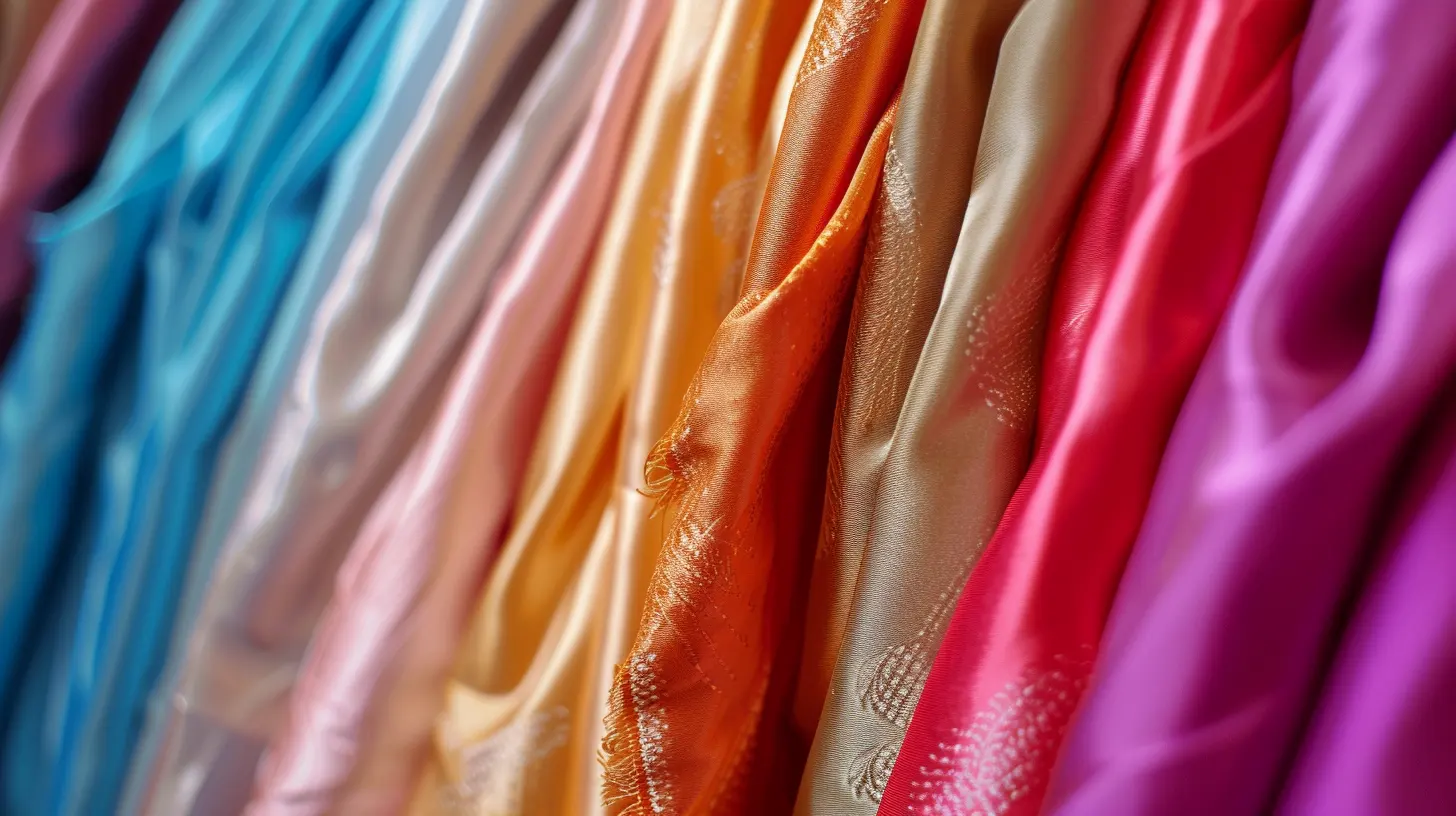
While cotton offers comfort for warmer days, silk linings provide a luxurious touch to more delicate garments. With its renowned sophistication, silk enhances dresses and skirts beyond their appearance.
Silk satins, known for their lightweight and soft qualities, are perfect when you need your garment to drape elegantly. Moreover, china silk presents a cost-effective alternative that doesn’t compromise the desired luxurious feel.
Each type of silk lining ensures breathability, making them ideal even for tighter-fitting clothes. Opting for silk means you choose a fabric that feels luxurious and performs excellently in terms of comfort and style.
3. Wool
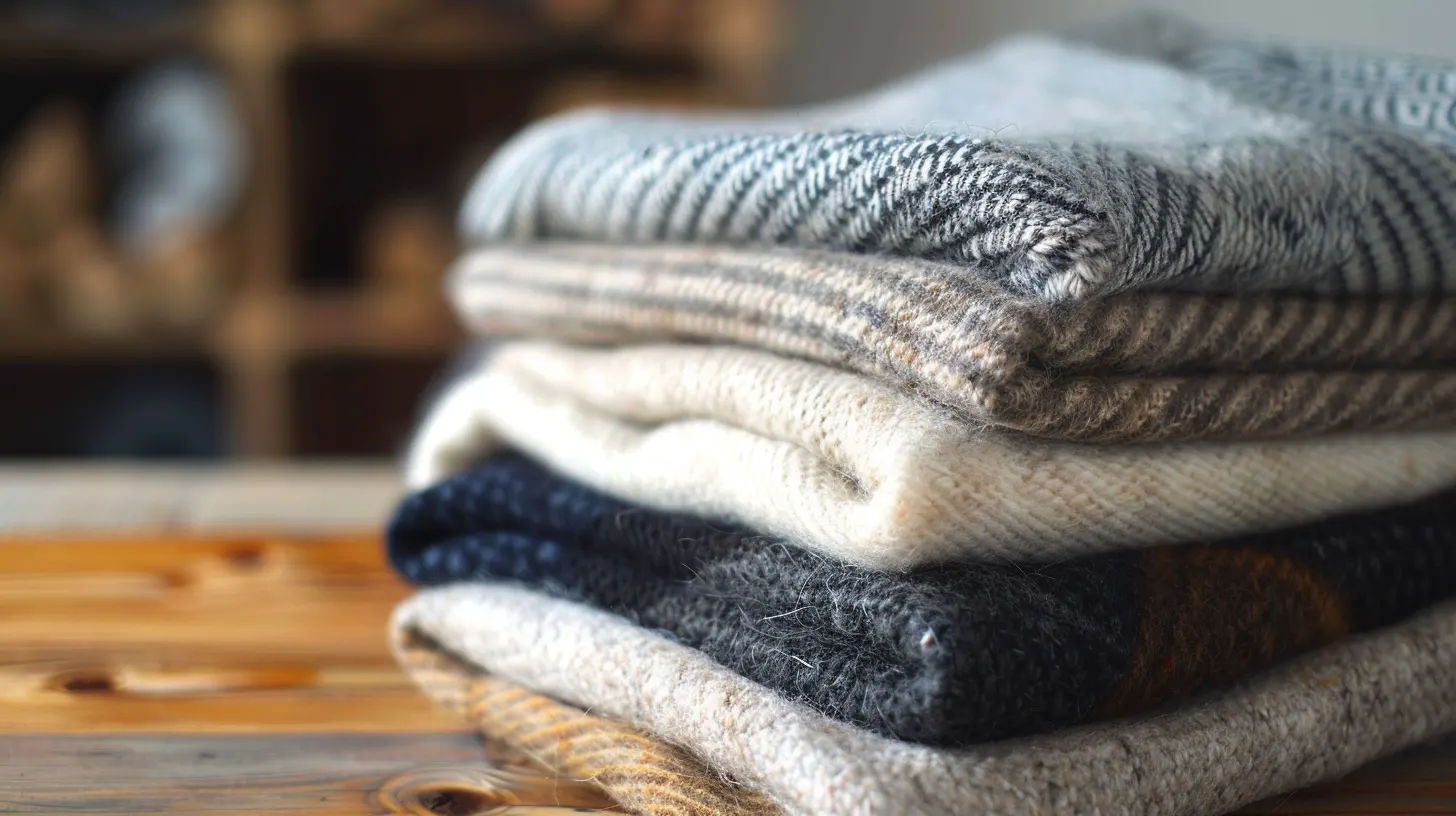 You’ll appreciate that wool lining fabric is celebrated for its superb warmth and insulation, making it ideal for your winter wardrobe. Derived from sheep’s wool, this natural fabric isn’t just about keeping you cozy; it’s also breathable, moisture-wicking, and odor-resistant. These properties ensure that while you’re wrapped up against the cold, you’re also comfortable and fresh.
You’ll appreciate that wool lining fabric is celebrated for its superb warmth and insulation, making it ideal for your winter wardrobe. Derived from sheep’s wool, this natural fabric isn’t just about keeping you cozy; it’s also breathable, moisture-wicking, and odor-resistant. These properties ensure that while you’re wrapped up against the cold, you’re also comfortable and fresh.
Wool linings are a top choice for cold-weather garments like coats and jackets. They offer not only functional benefits but also a touch of luxury and a soft feel against the skin. Opting for wool lining means choosing sustainability and comfort, tailored perfectly to enhance your winter apparel.
4. Polyester
 Polyester is a popular lining fabric for its affordability and durability. It’s a versatile choice for various types of clothing. This fabric, widely used in everything from elegant dresses to practical jackets, not only offers a cost-effective solution but also stands up well to wear and tear. Its durability means you don’t have to worry about frequent replacements.
Polyester is a popular lining fabric for its affordability and durability. It’s a versatile choice for various types of clothing. This fabric, widely used in everything from elegant dresses to practical jackets, not only offers a cost-effective solution but also stands up well to wear and tear. Its durability means you don’t have to worry about frequent replacements.
Moreover, the polyester lining is effortless to care for. It resists wrinkles and maintains a smooth appearance, saving you time on maintenance. The material provides a smooth interior, enhancing your comfort and the garment’s overall feel. With various colors and finishes available, polyester lining ensures your clothes look as good as they feel.
5. Acetate
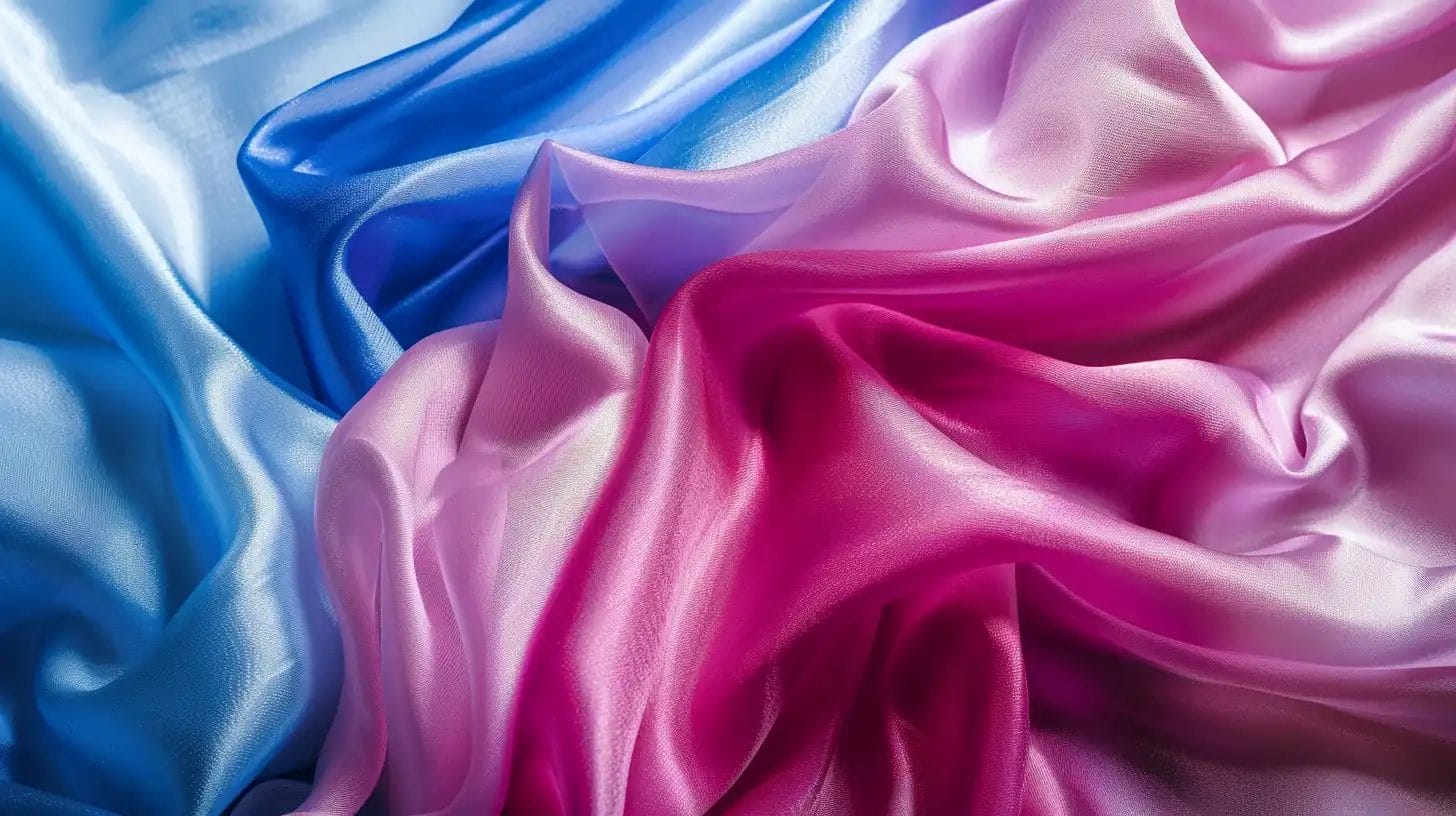 Shifting focus from polyester, consider acetate lining, an affordable fabric for special occasion garments. Acetate isn’t only cost-effective but also boasts breathability that makes it comfortable to wear throughout long events. Its soft texture adds a touch of luxury to your outfit. It enhances the garment’s appeal with beautiful drape characteristics.
Shifting focus from polyester, consider acetate lining, an affordable fabric for special occasion garments. Acetate isn’t only cost-effective but also boasts breathability that makes it comfortable to wear throughout long events. Its soft texture adds a touch of luxury to your outfit. It enhances the garment’s appeal with beautiful drape characteristics.
Moreover, acetate’s easy-care properties mean you won’t have to spend a fortune or too much time maintaining its look. Whether dressing up for a gala or attending a wedding, choosing acetate ensures your comfort without sacrificing style. It’s the smart choice for staying fresh and looking polished on any special occasion.
6. Rayon
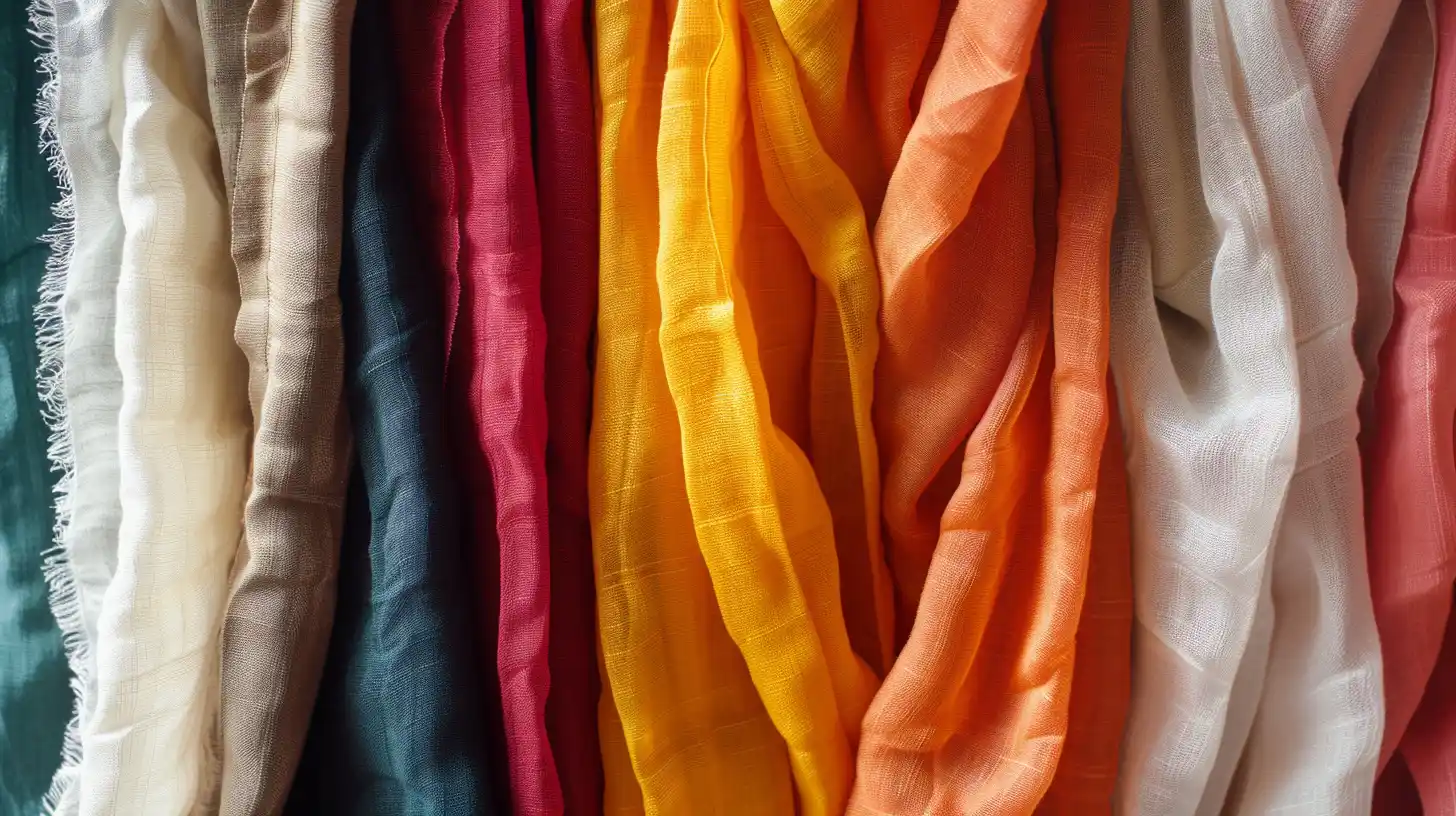 While exploring the range of lining fabrics, consider rayon for its remarkable softness and elegant drape. Rayon stands out for its breathable nature and superior draping qualities.
While exploring the range of lining fabrics, consider rayon for its remarkable softness and elegant drape. Rayon stands out for its breathable nature and superior draping qualities.
Crafted from natural cellulose fibers, rayon feels smooth and comfortable against your skin. It’s particularly favored in dresses, blouses, and skirts, where its luxurious drape enhances the overall appeal. Additionally, rayon is easy to care for and can be dyed in various colors to match your outer fabrics.
Opting for rayon linings means adding a lightweight, comfortable, and elegant layer to your clothing, elevating both its look and feel.
7. Cupro
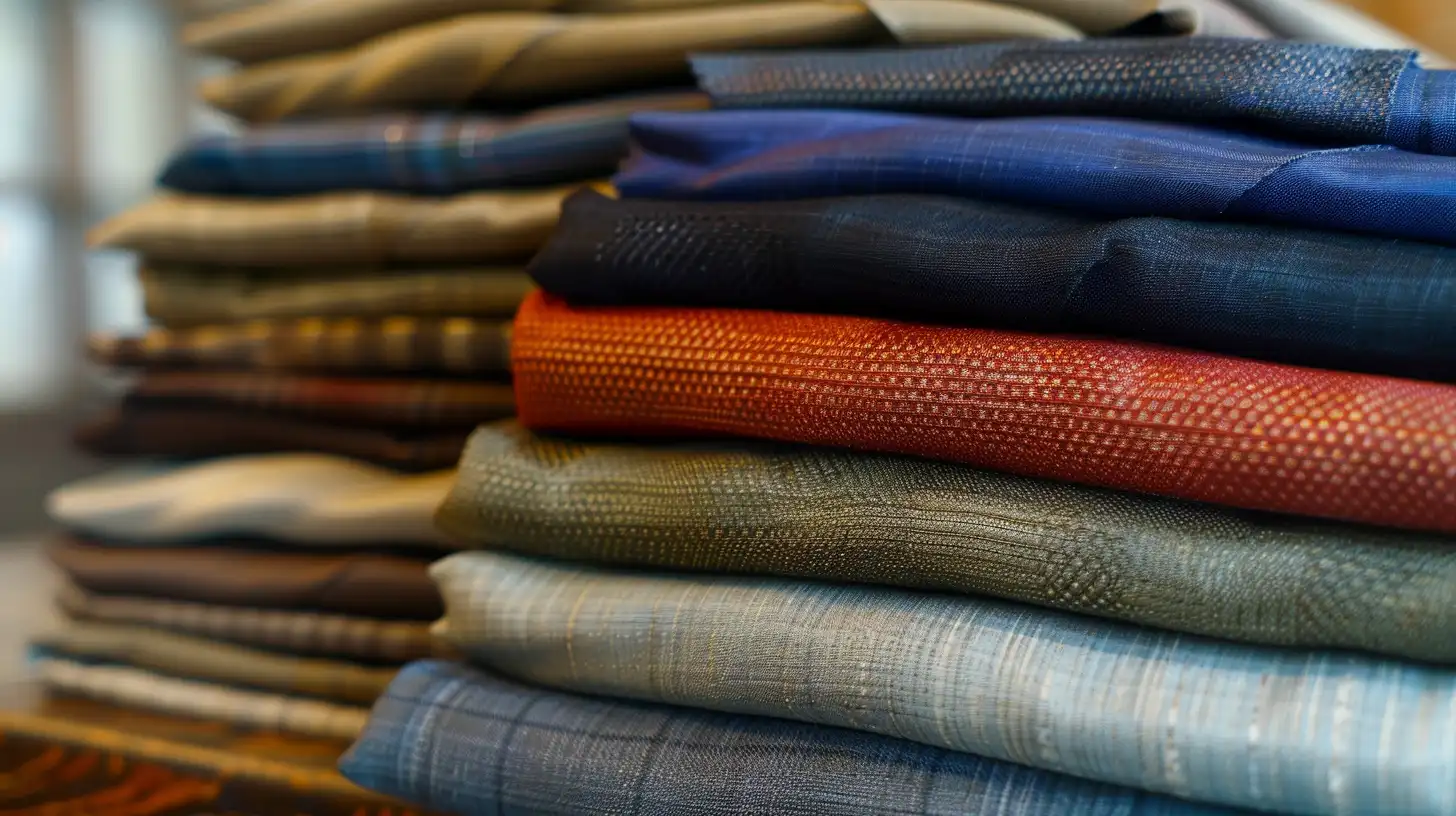 Cupro stands out as a durable and luxurious option in the realm of lining fabrics. It offers a smooth, silky texture that’s both affordable and versatile. Derived from cotton linter, this man-made fiber brings exceptional qualities to your wardrobe.
Cupro stands out as a durable and luxurious option in the realm of lining fabrics. It offers a smooth, silky texture that’s both affordable and versatile. Derived from cotton linter, this man-made fiber brings exceptional qualities to your wardrobe.
You’ll appreciate the durability of cupro lining, ensuring your garments hold up over time. Moreover, it’s got fantastic breathability, making it perfect for any season. One of the best features is its static-resistant properties, so you won’t have to deal with annoying cling.
Whether you’re lining a tailored vest or a sleek pair of pants, cupro offers a high-end feel without the steep price tag, truly elevating the comfort and style of your clothes.
Care and Maintenance of Lined Garments
Always adhere to the care instructions provided on the fabric label to ensure your lined garments maintain their quality and appearance. Dry cleaning is often the best choice for these items. It helps preserve the structure and integrity of the lining fabric. Avoid exposing them to excessive heat during ironing to prevent any potential damage.
Be vigilant about maintenance. Store your lined apparel in a cool, dry place to prevent mildew or unpleasant odors. Regularly check and mend any tears or damage to the lining to ensure longevity. Following these guidelines will keep your lined garments looking great and performing well for a long time.
Conclusion
Choosing the suitable lining fabric is essential for the longevity and comfort of your garments. Remember, each type offers different benefits. Silk provides luxury, while polyester ensures durability.
Proper care, such as gentle washing and timely repairs, is crucial to maintaining the integrity and appearance of lined clothing.
Take the time to select and maintain your garment’s lining carefully, and you’ll enhance both its performance and lifespan.
Learn more about fabric knowledge from Longan Craft Blog, dive into the fabric world with Longancraft!
FAQs
What fabric can I use to line clothes?
Common choices include silk, polyester, rayon, cotton, and acetate. Each option offers unique benefits to enhance your clothing’s feel and functionality.
What does lining fabric do?
Lining fabric enhances durability, provides insulation, and maintains the garments’ shape. Additionally, it offers a polished finish, increases comfort, and prevents transparency in clothes.
What is the difference between lining and interlining fabric?
Lining fabric finishes the interior for comfort. Interlining adds an extra layer of warmth and structure hidden between the outer fabric and the lining.

